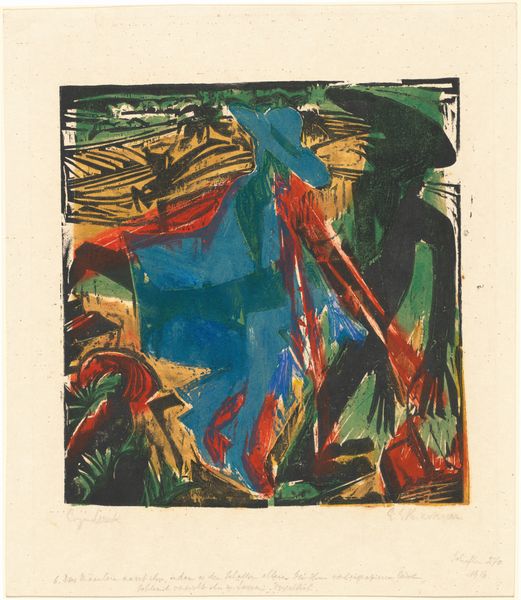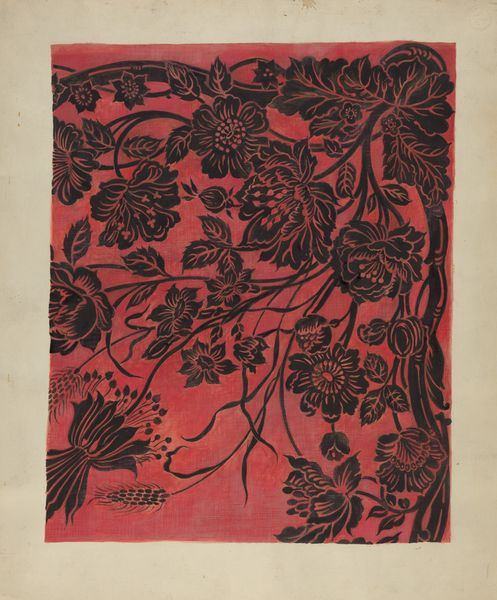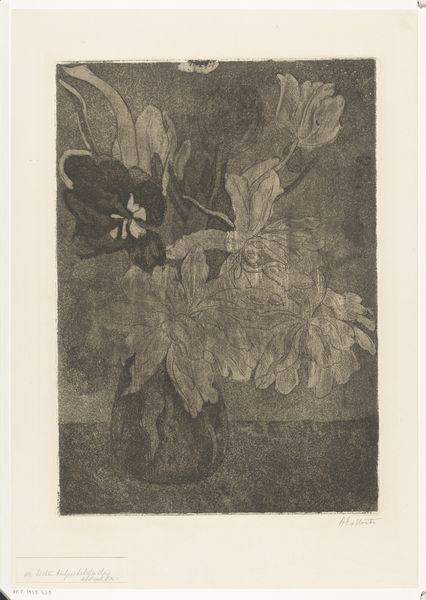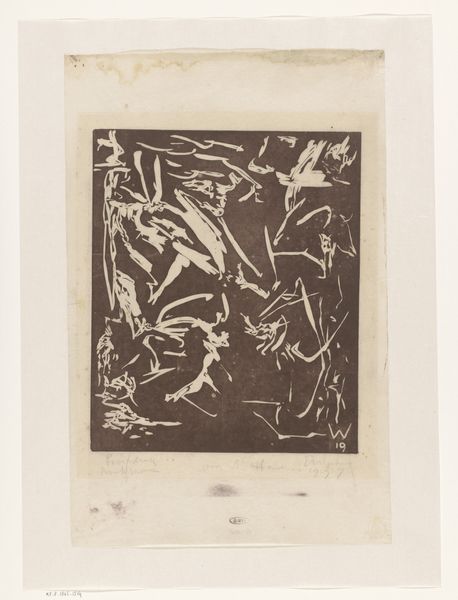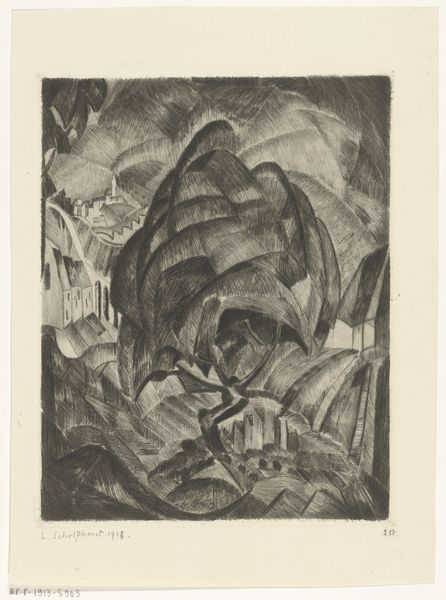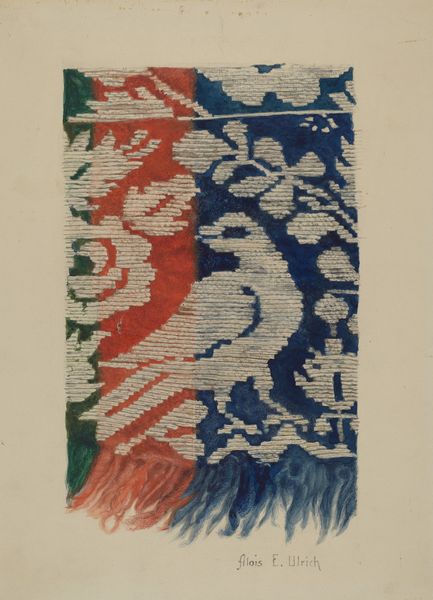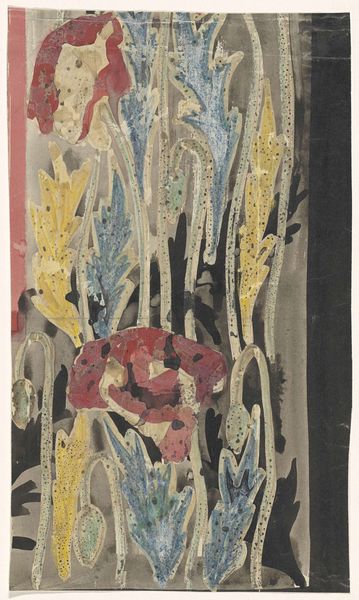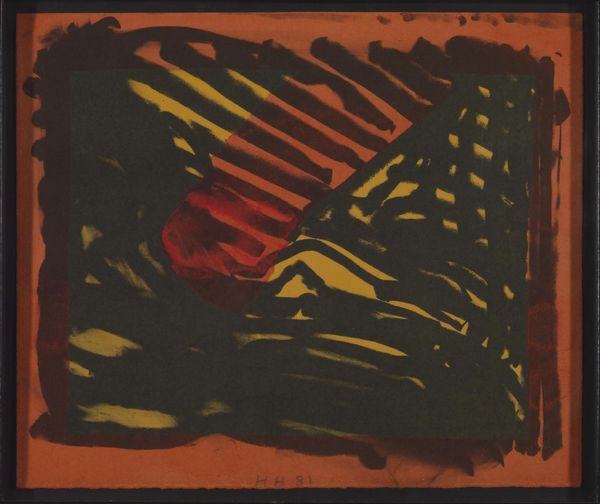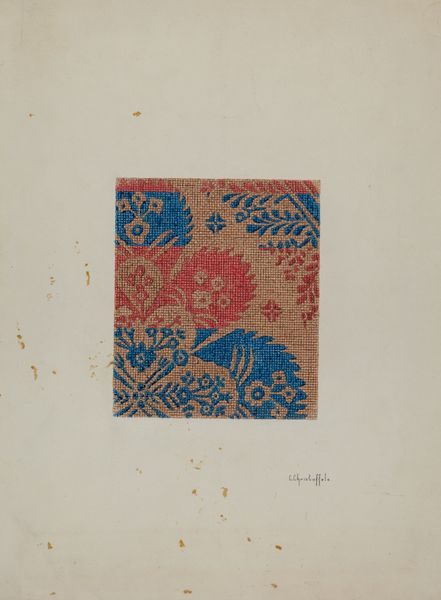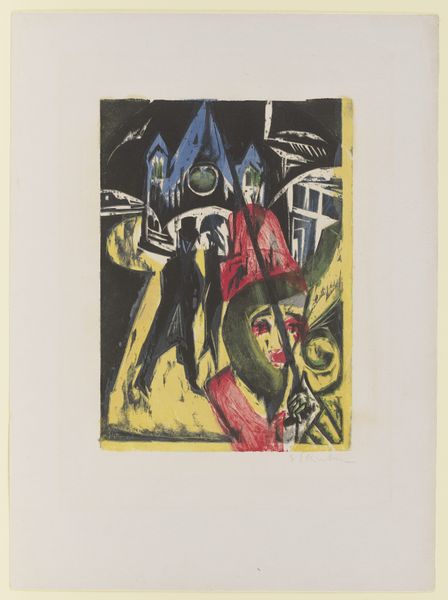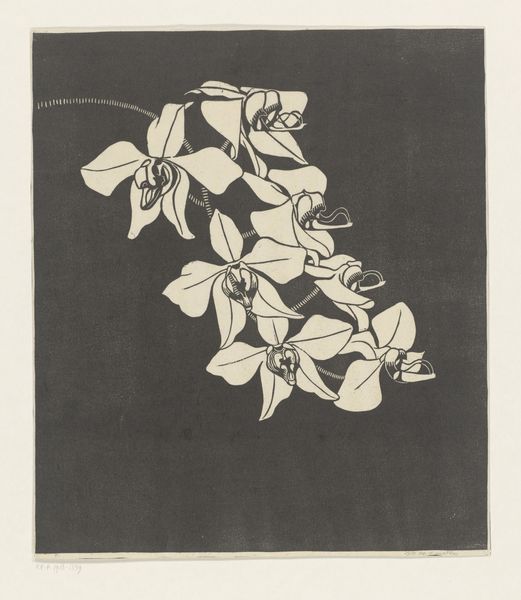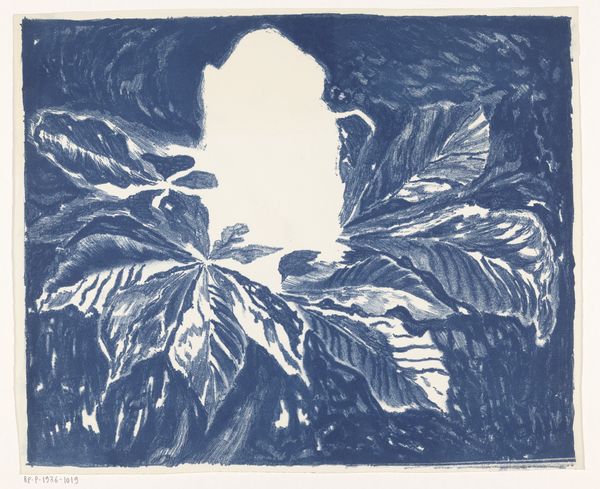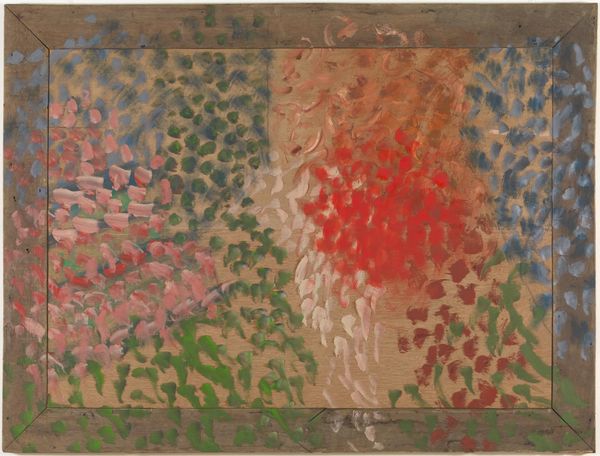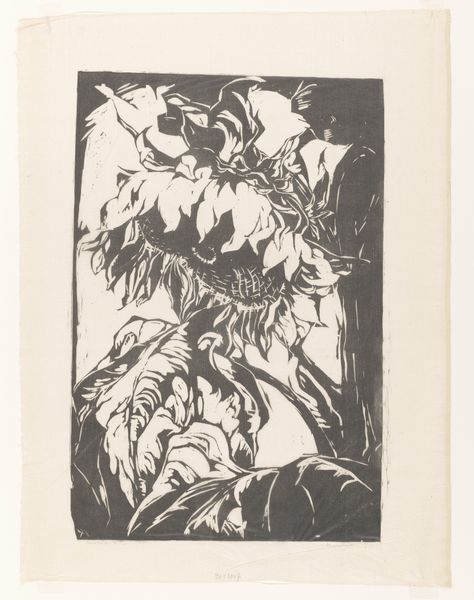
drawing, woodcut
#
drawing
#
organic
#
landscape
#
german-expressionism
#
figuration
#
expressionism
#
woodcut
Copyright: Public Domain
Curator: Welcome. Before us hangs Ernst Ludwig Kirchner’s woodcut, "Alpenveilchen," created between 1918 and 1919. It's part of the Städel Museum collection. Editor: The first thing that strikes me is how boldly melancholic it is. The dark blues and greens, combined with those almost violently pink cyclamen blossoms. It feels like a raw expression of…something repressed? Curator: Kirchner's move to Davos during World War I profoundly shaped his art. His time in the military had caused him to be institutionalized for a while. While living in the Alps he experienced both a creative resurgence but he was dealing with trauma and isolation. His artwork during this period expresses, perhaps a search for stability and healing, amidst a world fractured by conflict. Editor: I see that search reflected in the very texture of the woodcut. It is not trying to make flowers that mimic reality; he captures their essential spirit with every harsh carve. It challenges the common perception of floral art being passive, turning the expectation upside down by bringing rawness. This challenges the idea of traditional floral depictions being mere decorative pieces. Curator: Absolutely. The very process of woodcut, a relief printing technique where the image is carved into a block of wood, speaks to this. It demands a direct, physical engagement. He was deeply involved in the *Brücke* movement, which championed the artist’s personal vision and challenged academic norms. So you can see him drawing on this artistic background in his choices of materiality here, making the means to create meaning to complement what he portrays. Editor: Those bright flowers really do dominate. Their vibrancy almost feels defiant, juxtaposed with the somber tones all around. They could represent resistance to those oppressive social and political constraints that he fought so valiantly in the *Brücke* era. A silent cry from the soul… Curator: The context of its creation offers some interpretations: Post-traumatic experience coupled with expressionist rendering results in "Alpenveilchen", showcasing vulnerability and endurance in organic forms, that becomes a way for the viewer to interact and become sensitized to what Ernst Kirchner was undergoing. Editor: Yes, exactly! Ultimately, "Alpenveilchen" gives an entry point into exploring what makes us human and resilient under difficult circumstances. Curator: This floral image is not merely aesthetic. It encapsulates a critical historical juncture and emotional struggle in Kirchner's life. Editor: And through it, speaks to all of ours.
Comments
No comments
Be the first to comment and join the conversation on the ultimate creative platform.
